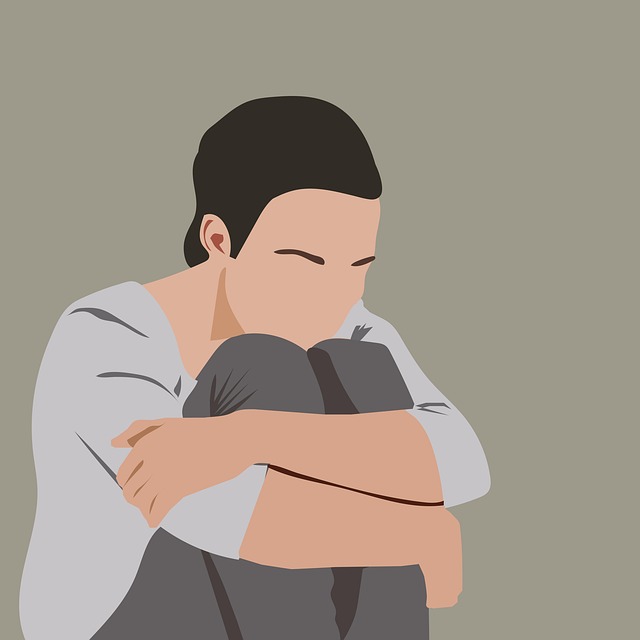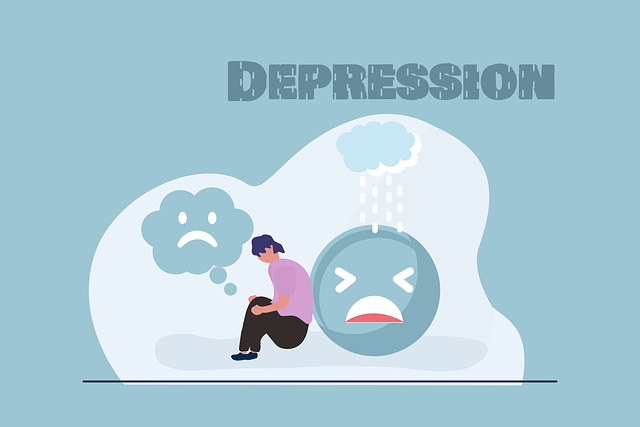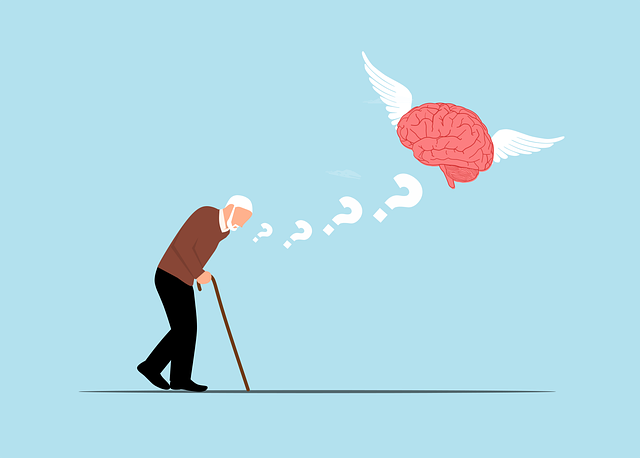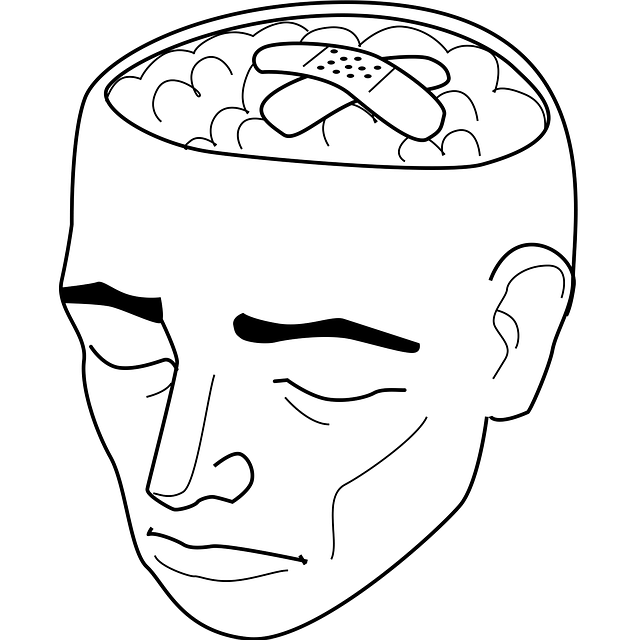Substance abuse is a complex issue requiring multifaceted solutions. Littleton Biofeedback Therapy combines stress management techniques and relaxation practices to address both physical dependency and psychological roots of addiction. This non-invasive approach, coupled with lifestyle changes like exercise, sleep, and nutrition, empowers individuals to control their physiological responses to triggers. Building a strong support system involving community resources and professional services enhances recovery. Medical interventions, counseling, and public awareness campaigns further combat substance abuse by providing comprehensive care tailored to diverse populations.
Substance abuse poses significant risks to individuals and communities, underscoring the need for effective risk reduction strategies. This article explores comprehensive approaches to mitigate these dangers, focusing on both personal and communal well-being. We delve into understanding the complexities of substance abuse, highlighting its far-reaching impacts. Key strategies include Littleton Biofeedback Therapy as a powerful tool for stress management, coupled with lifestyle changes to reduce exposure. Additionally, we examine the critical roles of support systems, community engagement, medical interventions, and professional help in fostering recovery and preventing relapse.
- Understanding Substance Abuse and Its Risks
- The Role of Littleton Biofeedback Therapy
- Lifestyle Changes for Reduced Exposure
- Support Systems and Community Engagement
- Medical Interventions and Professional Help
Understanding Substance Abuse and Its Risks

Substance abuse is a complex issue that goes beyond occasional misuse. It’s characterized by a compulsion to use substances despite negative consequences on physical and mental health, relationships, and daily functioning. This behavior often stems from underlying factors like stress, anxiety, depression, or trauma. In Littleton Biofeedback Therapy, professionals utilize specialized techniques to help individuals manage stress and gain control over their impulses, offering a crucial component in mitigating the risks associated with substance abuse.
Comprehensive strategies for risk reduction must address not only the physical dependency but also the psychological underpinnings of addiction. This involves integrating evidence-based practices such as Mental Health Education Programs Design that teach individuals to recognize triggers and develop healthier coping mechanisms. Community Outreach Program Implementation can further support at-risk populations by raising awareness, providing access to resources, and fostering a supportive environment. Additionally, Stress Reduction Methods like mindfulness training and relaxation techniques empower individuals to manage stress and anxiety without relying on substances as escape mechanisms.
The Role of Littleton Biofeedback Therapy

Littleton Biofeedback Therapy emerges as a powerful tool in the arsenal against substance abuse. By focusing on stress management and relaxation techniques, this therapeutic approach empowers individuals to gain control over their physiological responses to stress triggers. Through biofeedback training, users learn to adjust their brainwaves, heart rate, and muscle tension, effectively reducing reliance on substances as coping mechanisms. This non-invasive method is particularly beneficial for those seeking alternative Stress Reduction Methods, especially within the context of Healthcare Provider Cultural Competency Training, where addressing underlying stress and relaxation needs can prevent relapse.
The effectiveness of Littleton Biofeedback Therapy lies in its ability to provide individuals with self-regulation skills that promote mental clarity and emotional stability. By learning to manage their physiological reactions, participants can navigate high-risk situations more calmly, minimizing the urge to turn to substances for temporary relief. This proactive approach to stress management not only supports long-term recovery but also fosters a deeper understanding of one’s body, leading to improved overall well-being.
Lifestyle Changes for Reduced Exposure

Making lifestyle changes can significantly reduce exposure to substances and lower the risk of abuse. This involves adopting healthier habits like regular exercise, which releases endorphins and reduces stress, a common trigger for substance misuse. Adequate sleep is also crucial; fatigue can increase cravings and weaken willpower. Balancing one’s diet with nutritious foods improves overall well-being and energy levels, making it easier to resist the urge to turn to substances for a quick fix.
In the context of Littleton Biofeedback Therapy, these changes are supported by techniques that enhance self-awareness and control over physiological responses. Biofeedback training teaches individuals how to manage stress and anxiety through real-time feedback from their bodies, offering a powerful tool for addiction recovery. This holistic approach, combined with emotional intelligence and cultural sensitivity in mental healthcare practice (like Burnout Prevention Strategies for Healthcare Providers), can empower individuals to make lasting lifestyle changes, fostering a healthier and more balanced life.
Support Systems and Community Engagement

Building a strong support system is a cornerstone in risk reduction for substance abuse. This includes engaging with the community and leveraging professional resources like Littleton Biofeedback Therapy. By fostering connections with family, friends, or support groups, individuals struggling with addiction gain access to a network that can offer encouragement, accountability, and guidance during their recovery journey. These social ties play a vital role in enhancing resilience and mental wellness, which are crucial for maintaining sobriety over time.
Community engagement also facilitates self-esteem improvement, addressing the underlying emotional voids that often contribute to substance abuse. Through participation in community activities, support groups, or therapy sessions, individuals can develop healthier coping mechanisms and build confidence in their ability to manage triggers and challenges without resorting to drugs or alcohol. This holistic approach combines social support with personal development strategies, creating a robust foundation for long-term recovery.
Medical Interventions and Professional Help

Substance abuse treatment often involves a combination of medical interventions and professional help to address the complex nature of addiction. Medical professionals play a crucial role in managing withdrawal symptoms, providing medication-assisted treatment (MAT), and overseeing overall physical health. For instance, Littleton Biofeedback Therapy offers innovative approaches to stress reduction and pain management, which can be beneficial for individuals recovering from substance abuse. This type of therapy teaches individuals how to control their physiological responses, helping them develop healthier coping mechanisms.
Professional counseling and psychotherapy are integral parts of holistic treatment plans. Therapists with expertise in addiction medicine can help individuals explore the underlying causes of their substance abuse, develop effective strategies to avoid relapse, and enhance their overall well-being. Additionally, healthcare providers can offer cultural competency training to better understand and address the unique needs of diverse populations, ensuring inclusive and effective care. Public awareness campaigns development also plays a vital role in educating communities about the risks and available resources for substance abuse prevention and treatment.
Substance abuse poses significant risks, but with a comprehensive approach, these can be mitigated. By understanding the dangers, individuals can make informed choices and adopt strategies such as Littleton Biofeedback Therapy, lifestyle adjustments, building support networks, and seeking professional medical help when needed. Combining these methods offers a robust framework for reducing substance-related risks and fostering healthier behaviors.














